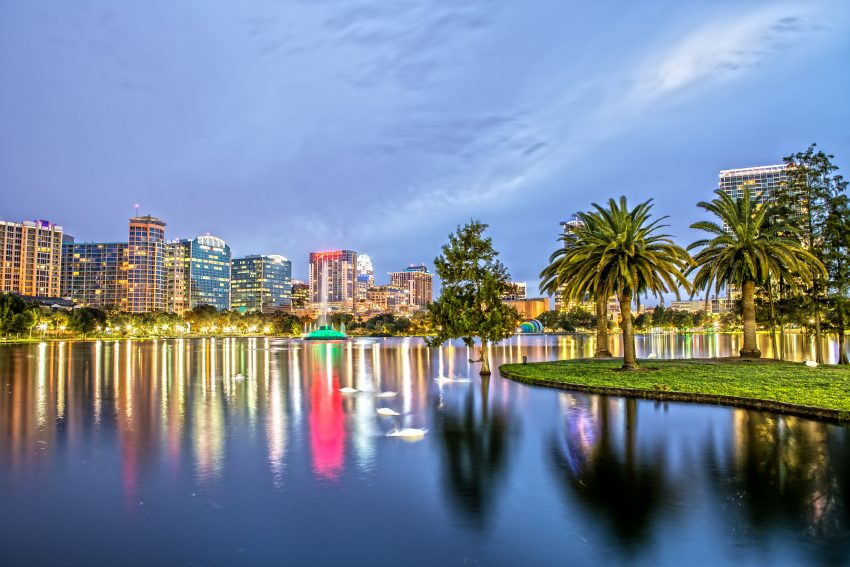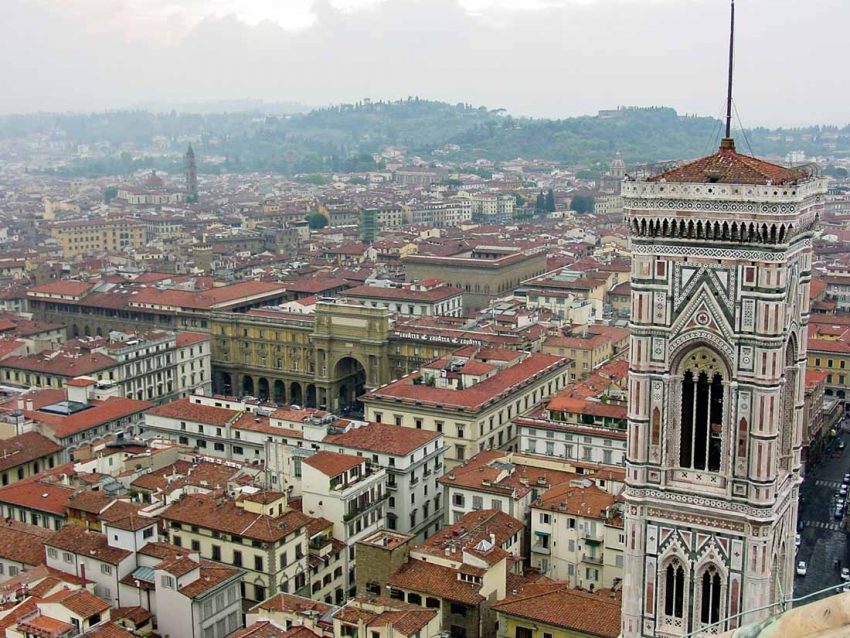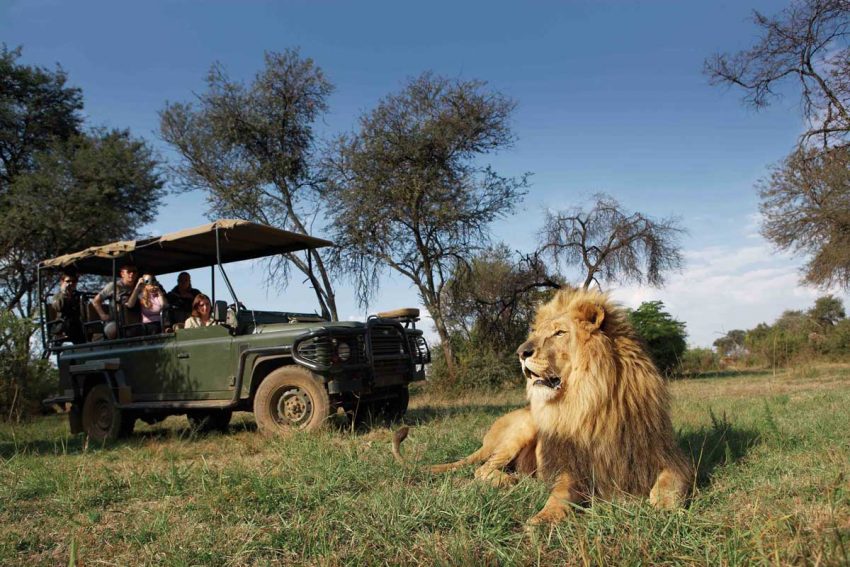Imagine walking in the footsteps of the ancient Incas, surrounded by mist-shrouded mountains and breathtaking vistas, all leading to one of the most iconic archaeological sites in the world: Machu Picchu. The Inca Trail is more than just a hike, it’s a journey through history, culture, and awe-inspiring natural beauty. However, as magical as it sounds, planning and budgeting for the Inca Trail can feel overwhelming. How much does it really cost? What are the hidden expenses? And is there a way to make this dream adventure more affordable?
In this comprehensive guide, I’ll break down the full cost of hiking the Inca Trail, providing practical tips to help you plan your trip effectively. Whether you’re a solo backpacker on a budget or someone looking for a more luxe experience, this guide will walk you through everything you need to know to tackle the legendary trail without breaking the bank.
The Basics: How Much Does It Really Cost to Hike the Inca Trail?
Before diving into the specifics, it’s important to note that hiking the Inca Trail isn’t something you can do on a whim. Unlike some treks, this is a tightly regulated route, with limited permits issued daily. As of now, only 500 permits are released per day (including guides and porters), and they tend to sell out months in advance.
Furthermore, you’ll need to plan more than just your expenses. You’ll need to organized a tour guide (which is required), bring camping equipment (which may or may not be provided), and a good level of physical fitness to take part in this epic adventure. You’ll also need transportation and lodging in Cusco and Machu Picchu at the start and end of the trek.
So, what’s the general cost range? Here’s a quick breakdown of the key expenses:
- Tour package costs: $500–$1,200 per person (depending on the provider and package type). You can see prices here.
- Permit fees: Included in most tour packages (but usually around $75).
- Additional expenses: Gear rental, tips, and transport to Cusco.
- Miscellaneous costs: Meals in Cusco, souvenirs, and post-hike recovery activities.
As with any travel experience, the total cost will depend on your travel style, preferences, and the level of comfort you desire.
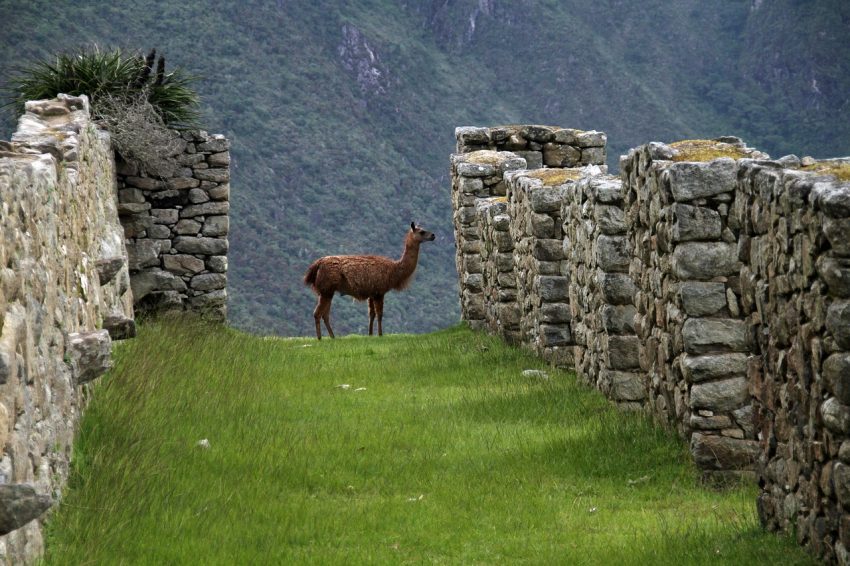
Tour Packages – The Core Expense
By regulation, hikers on the Inca Trail must go with a licensed tour operator. Independent trekking is not allowed. Tour packages generally include the Inca Trail permit, guides, porters, meals, and camping accommodations. Here’s the lowdown on what you can expect based on your budget:
- Budget tours ($500–$700):
- These are no-frills, small-group tours. You’ll get the essentials: a permit, basic camping gear, meals, and a guide. Expect to join a larger group and carry some of your own gear (such as a sleeping bag or mattress).
These tours are great for travelers who don’t mind a more basic experience and want to save money.
Mid-range tours ($800–$1,000):
- These tours offer a balance between comfort and affordability. Porters will carry most of your gear, and you’ll likely be provided with more comfortable camping equipment and better-quality meals.
Mid-range tours often cater to smaller groups, which enhances the experience.
Luxury tours ($1,000–$1,200+):
- For those seeking a more cushy experience, luxury tours include upgraded tents, gourmet meals, and even perks like portable toilets or massage services. Groups are usually smaller, and the service level is noticeably higher.
- Perfect for honeymooners or those who want to prioritize comfort.
Pro tip: Comparison-shopping is key. Compare tour companies based on cost and reviews. Look for operators that are eco-conscious and treat their porters fairly. Alpaca Expeditions and Llama Path are among the highly rated providers.
Permit Costs and When to Book
The Inca Trail permit is the golden ticket to this adventure. The cost of a permit (approximately $75 for adults and $40 for students) is almost always included in your tour package. However, permits are limited and must be booked months in advance – sometimes as early as 6–9 months for travel during the high season (May to September).
If your schedule is tight and you miss out on Inca Trail permits, consider alternative treks like the Salkantay Trek or the Lares Trek, which also lead to Machu Picchu but don’t require specific permits.
Pro tip: If you’re traveling during the low season (November to March), permits are often still available closer to your desired dates. Be warned, though: the rainy season can make the trek more challenging.
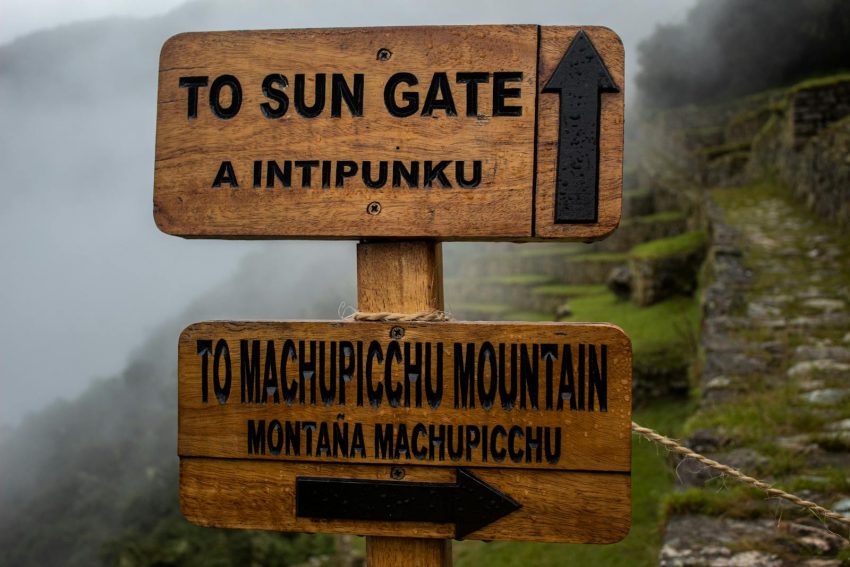
Additional Costs
While tour packages cover most of your needs, there are additional expenses to budget for:
- Gear rental:
- If you don’t already own hiking gear, you’ll need to rent essentials like a sleeping bag, trekking poles, or a warm jacket. Most tour companies offer rental services. Prices range from $15–$40 for items.
Example: Renting a quality sleeping bag for the trek might cost around $20–$25
Tips for guides and porters:
- Tipping is customary and, frankly, well-deserved. Porters, who carry the majority of camping gear and supplies, work incredibly hard to ensure your comfort.
Plan to tip about $40–$50 per trekker (pooled among guides and porters) for a 4-day trek.
Travel insurance:
Hiking the Inca Trail involves some degree of risk, so travel insurance with trekking coverage is essential. Budget around $50–$100 for a basic policy. Providers like World Nomads offer good options for adventurous travelers.
Transportation to/from Cusco:
- Flights to Cusco from Lima cost approximately $50–$120 round trip if booked in advance. Alternatively, buses from Lima are much cheaper (around $15–$30) but take about 20–24 hours.
Pro tip: If you’re traveling as part of a group, renting gear or arranging airport transfers together can help reduce costs. Tour companies will often do this for you, too.
Accommodation and Food in Cusco
Cusco, the gateway city to the Inca Trail, is where most travelers spend a few days acclimatizing to the altitude before beginning their trek. You can see the overall hotel prices here on our site. Here are some key costs to keep in mind:
- Accommodation:
- Budget hostels: $10–$20 per night (shared dorms).
- Mid-range hotels: $40–$80 per night (private rooms with basic amenities).
Luxury stays: $100+ per night (think boutique hotels with spa facilities).
Food:
- Local restaurants (menu del día): $3–$6 per meal.
- Trendy cafes or tourist-friendly spots: $10–$20 per meal.
- Coca tea (to help with altitude sickness): Often complimentary at hotels or around $1 at cafes.
Pro tip: Hunt for accommodation deals on sites like Hostelworld or Booking.com. Staying near the Plaza de Armas is convenient for exploring Cusco’s vibrant historic center.
Money-Saving Tips for the Inca Trail
For budget-conscious adventurers, here are a few strategies to minimize your costs:
- Book during the low season: Tours and flights are significantly cheaper from November to March.
- Plan ahead: Last-minute bookings often cost more. Planning 6+ months in advance ensures the best deals and availability.
- Bring your own gear: If you already have quality hiking equipment, this can save you $50–$100 in rental fees.
- Travel in a group: Group discounts for tours or gear rentals can help lower expenses.
- Stick to local eateries: Enjoy authentic Peruvian cuisine at local “menu del día” spots, which are much cheaper than tourist-focused restaurants.
Start Planning Your Inca Trail Adventure!
Hiking the Inca Trail is a once-in-a-lifetime experience, but it comes with a price tag that requires careful planning. On average, you can expect to spend anywhere from $800–$1,500 on your adventure, depending on your choices and preferences. From selecting the right tour package to budgeting for hidden costs like gear rental and tips, this guide has covered the essentials to help you plan a successful trek.
So, what are you waiting for? Start researching tour providers, book your permits early, and begin your training. The incredible journey to Machu Picchu is calling, and with the right preparation, it’s within your reach. Get ready to tick off this bucket-list experience and create memories to cherish forever.
Happy trekking!
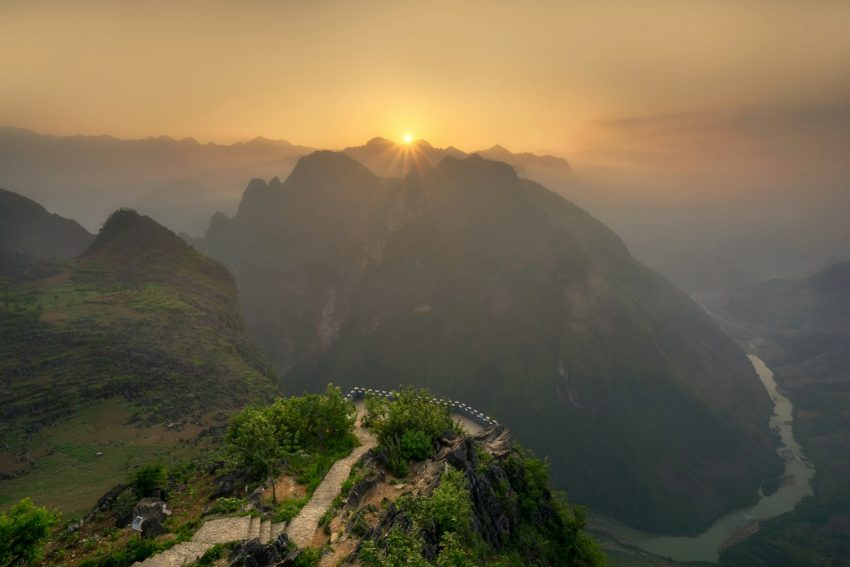

Bryan has visited 61 countries, which is exactly one more country than his wife, and she won’t let him forget it! Also an avid photographer, he enjoys entrenching himself within the local culture in order to learn more about the people of a place. He is the co-founder of Budget Your Trip and loves a good adventure, an exotic meal, or a passionate conversation about global events. And he also loves to find out how much stuff costs, which is why he and his wife started Budget Your Trip.
Sign up to our email newsletter to receive sales, deals, and discounts from major travel companies!


